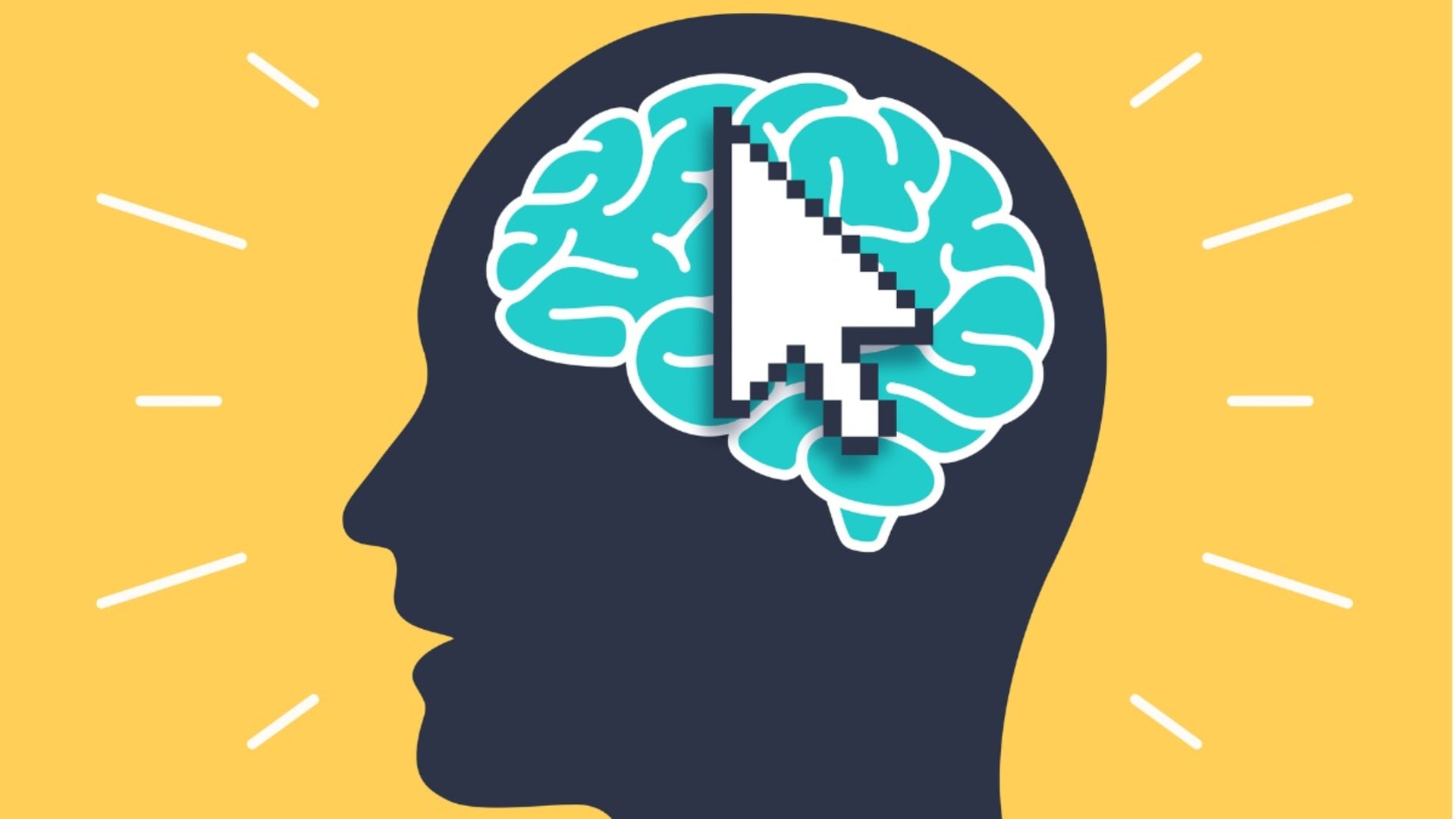UI Design Services
Our UI design services provide the flexibility and quality you need to deliver on tight timelines. Onboarded in just two weeks, our nearshore designers help create polished, intuitive interfaces that enhance your product experience.
500+ companies rely on our top 1% tech talent.
UI Design Services We Provide
User Research and Analysis
Understand your users’ needs from the start. Our user research services gather key insights into your target audience, providing a strong foundation for creating intuitive and engaging UI designs. We align design decisions with user expectations to build experiences that resonate and drive results.
Using user interviews, persona creation, and journey mapping, we collect quantitative and qualitative insights to guide every design element. This approach builds a deep understanding of user needs, leading to a more effective and satisfying user experience.
Wireframing and Prototyping
Lay the groundwork for successful design with detailed wireframes and prototypes. Our team creates interactive prototypes that bring your ideas to life, helping you visualize flow and functionality before development. This process allows for real-time feedback and adjustments, saving time and improving design quality.
We rely on industry-standard tools like Figma and Sketch to build prototypes that convey your product’s look and feel. These prototypes help identify potential improvements early, making the final product more refined and efficient to develop.
UI Design and Visual Styling
Make a powerful impression with thoughtfully crafted UI design. We develop visually appealing interfaces that reflect your brand while maintaining usability across all touchpoints. Our team balances form and function to create designs that boost user interaction and reinforce brand identity.
Our designers use the latest UI trends and tools, including Adobe XD and InVision, to build cohesive and visually compelling interfaces. We pay close attention to typography, color schemes, and design elements, delivering a polished look that feels intuitive and professional.
Responsive and Adaptive Design
Design that looks great and performs well across devices drives user satisfaction and engagement. Our responsive and adaptive design services create experiences across desktops, tablets, and mobile devices. With careful attention to layout and usability, we build interfaces that adapt smoothly to various screen sizes.
We apply frameworks like Bootstrap and media query techniques to create designs that look sharp and load quickly on any device. From scalable images to flexible grids, we handle the technical details so users enjoy a consistent experience across platforms.
Accessibility and Inclusive Design
Design for everyone. Our accessibility-focused approach meets WCAG standards, making your UI accessible to all users, including those with disabilities. We broaden your reach and meet accessibility requirements, supporting usability and inclusivity.
Our team conducts comprehensive audits and testing to identify accessibility gaps and implement features like keyboard navigation, text-to-speech compatibility, and color contrast adjustments. This commitment to inclusive design allows your product to reach a diverse audience and improves its usability.
UI Testing and Iteration
Refine your UI through rigorous testing and continuous improvement. Our UI testing services identify usability issues, helping optimize the user journey and improve functionality. This iterative process allows for ongoing improvements, keeping your design effective and user-centered.
We conduct A/B testing, usability tests, and performance analysis to evaluate and refine your design’s effectiveness. Using data-driven insights, we implement updates and adjustments that increase engagement and drive results, aligning your UI with user expectations.
Rolls Royce case study
Rolls Royce turned to BairesDev to develop an efficient, user-friendly mobile app. A two-week discovery process with the Rolls Royce product owner identified a comprehensive list of functionalities, data streams, and displays required to meet their clients’ expectations for a mobile SDS. Read the entire Rolls Royce case study.

Key Things to Know About UI
Best Practices for UI
Staying ahead in UI design means following best practices that enhance customer engagement, streamline interactions, and support business goals. Our approach to UI services focuses on three critical areas for maximizing customer satisfaction and usability.
Creating interfaces that align with user behavior starts with a user-centered design approach. This means prioritizing the end user's needs, goals, and pain points throughout the design process.
Understand what drives your users. Our UI design services involve deep research and persona development, gathering insights into user preferences and behaviors that inform every design choice.
Accessibility enhances usability for everyone. Incorporating WCAG standards into UI design makes sure your product is usable by people with varying abilities, increasing user satisfaction and compliance.
Easy-to-navigate interfaces keep users engaged. Clear paths, logical layouts, and minimal steps improve the user experience and support efficient, satisfying interactions.
Collecting feedback throughout development helps refine the interface. Regular testing sessions reveal insights into user preferences, helping developers make adjustments that enhance overall usability.
A consistent, visually cohesive interface fosters trust and can improve user interfaces. Clear, unified visuals create a seamless experience that feels reliable and easy to navigate.
Consistency across colors, typography, and iconography strengthens brand identity and eases usability. A unified design language supports a familiar experience, building trust with users.
Mobile design must be a priority as more users access services on smartphones. Adapting designs for mobile devices keeps layouts clean and interactions responsive, supporting ease of use across platforms.
Legible text and effective use of whitespace improve the visual experience. Simplifying information and organizing elements with spacing allows users to focus on content without distraction.
Creating scalable, responsive components ensures your design adapts to different screen sizes and resolutions. This flexibility improves performance and helps maintain a consistent experience across devices.
UI design is a continuous process that benefits from Agile principles. Iterative testing and updates enhance both functionality and user experience, allowing teams to adapt quickly to feedback and make incremental improvements.
User testing is a critical step in validating design choices. Early testing sessions allow software developers to identify areas for improvement before full-scale development so that the end product aligns with user expectations.
Comparing different UI elements through A/B testing helps refine design choices. Data-driven insights reveal which elements increase user engagement, guiding adjustments for optimal performance.
Efficient, fast-loading interfaces are essential for user retention. Minimizing loading times and optimizing asset performance keeps users engaged, especially on mobile devices where speed is crucial.
Regular updates based on user feedback and analytics keep the UI current and relevant. Agile iterations allow continuous enhancement, ensuring the product remains competitive and user-focused.
Why Choose BairesDev for UI Design

Nearshore, Timezone-Aligned Talent
Our nearshore teams closely align with your schedule, allowing for real-time collaboration and efficient communication. This timezone compatibility supports a faster workflow and helps your team achieve milestones without delays, enhancing productivity and project outcomes.
Top 1% of Tech Talent
We hire the top 1% of tech talent across LATAM to make sure you’re working with highly skilled professionals with expertise in UI design. Our 4,000+ bilingual engineers bring technical depth and industry knowledge to your projects, helping you create interfaces that drive engagement and satisfaction.
Flexible Engagement Models
Our engagement models adapt to your business needs, whether you require staff augmentation, dedicated teams, or full software outsourcing. This flexibility allows you to seamlessly scale your UI services up or down for efficient resource management and optimal project support.
Our process. Simple, seamless, streamlined.
During our first discussion, we'll delve into your business goals, budget, and timeline. This stage helps us gauge whether you’ll need a dedicated software development team or one of our other engagement models (staff augmentation or end-to-end software outsourcing).
We’ll formulate a detailed strategy that outlines our approach to backend development, aligned with your specific needs and chosen engagement model. Get a team of top 1% UI design specialists working for you.
With the strategy in place and the team assembled, we'll commence work. As we navigate through the development phase, we commit to regularly updating you on the progress, keeping a close eye on vital metrics to ensure transparency and alignment with your goals.
Frequently Asked Questions (FAQ)
What are the core components of UI design services?
UI design services center on creating visually appealing and functional digital interfaces. Core components include wireframing, prototyping, design systems, and visual asset creation. These elements ensure consistency, clarity, and an engaging user experience that aligns with your brand and supports your business objectives.
How does usability testing impact the success of UI design?
Usability testing is vital for understanding how users interact with your design. By analyzing real user behaviors, friction points, and areas for improvement, we refine the product to feel intuitive and user-centered. This approach enhances customer satisfaction, minimizes costly revisions, and helps ensure a smoother launch and adoption process.
How do design systems benefit UI projects?
Design systems offer a standardized approach to visuals and functionality, streamlining the design process. Defining consistent elements such as colors, typography, and components allows teams to work faster while maintaining a cohesive look and feel. Design systems also foster alignment among designers and developers, reducing redundancies and accelerating project timelines.
What role do project managers play in UI projects?
Project managers oversee every facet of UI design services, from scheduling milestones to managing resources. They bridge design and development teams to keep the project on track, align with business objectives, and meet deadlines. Their involvement helps prevent delays and keeps communication streamlined.
How do UI design services help improve low user engagement and a brand's digital presence?
UI design enhances visual appeal and reinforces brand identity, while UX design focuses on delivering smooth and intuitive user journeys. They create a cohesive experience that captures attention, encourages interaction, and keeps users engaged. Thoughtful design improves immediate user satisfaction and builds long-term trust and loyalty. A well-executed UI strategy can transform your digital presence, helping your brand stand out in competitive markets and positioning it as a reliable and user-first choice.
Can UI design be adapted to multiple platforms and devices?
Absolutely. Responsive and adaptive UI design allows your product to perform flawlessly across devices, from desktops to mobile apps. By considering factors like screen size, resolution, and user context, our UI design services optimize interfaces for maximum functionality and visual appeal. This means users have a consistent and satisfying experience, whether on a smartphone, tablet, or desktop. Adapting to multiple platforms also broadens your reach and improves accessibility, meeting the diverse needs of today’s users.
Why choose nearshore UI design services?
Nearshore UI design services offer timezone-aligned expertise, enabling real-time collaboration with your team. This proximity supports faster turnaround times, clearer communication, and greater flexibility throughout the design process. Additionally, nearshore teams bring cultural and operational familiarity, which enhances alignment with your goals and reduces miscommunication. By combining convenience with cost-effective solutions, nearshore services provide the ideal balance of quality and efficiency for your UI design projects.
How Businesses Can Overcome the Software Development Shortage
BairesDev Ranked as one of the Fastest-Growing Companies in the US by Inc. 5000

See how we can help.Schedule a Call










